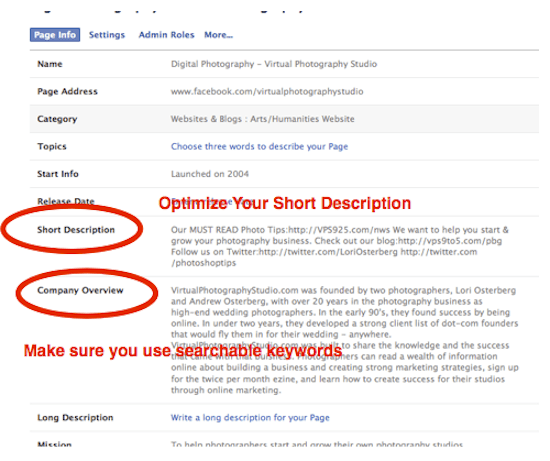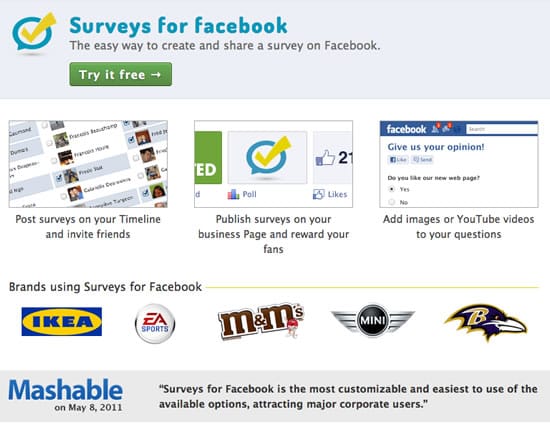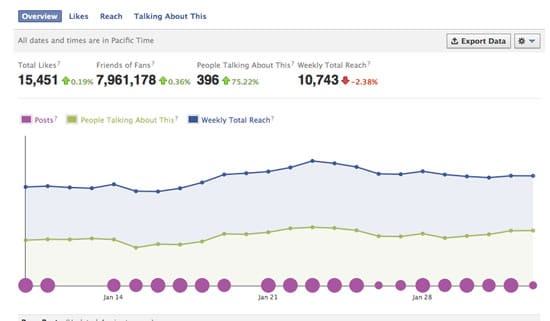No one’s saying they’re easy steps, but we’re saying it’s definitely feasible to relocate your wedding photography business. Now, if you’re interested in wedding photography and the business aspects of this field, you already know that the issue of location is very important. It’s relevant for a wedding photographer’s digital marketing efforts (think location searches), for acquiring new business leads, for building a brand identity and for raising brand awareness. As such, with location being so inextricably connected with the very nature of the wedding photography business, how does one successfully transition from one location to another – without killing the business in the process? Check out our three helpful tips below, with input from real-life photographers.
1. Future-proof your business for location changes
This is one step to start working on as much ahead of the time when you actually relocate your wedding photography business as possible. Your plan should be to target global audiences, even before your physical move. If you do this successfully, you will have already built a bit of a reputation for yourself, by the time the move comes around. Easier said than done? Perhaps. But in the digital age of social networking, it’s not that difficult either. Update your website and/or blog regularly, announce your upcoming move via social media profiles and keep your online presence pleasant and likeable. The Internet basically works as a global market place, so drumming up a bit of hype before you relocate will allow you to step forward with that much more confidence.
2. Get to know your new market
This second step in your plan to relocate your wedding photography business is all about pricing. The thing about different markets is that… well, they are different, in terms of pricing, client expectations, and requirements. Get a feel of the market by gauging the experiences of local photographers. They’ll give you a fairly accurate and comprehensive idea on what to expect. Should you stay at the wedding until the very last guest has left? Are your current prices too high for a different market? Yes, bear in mind that you might have to lower your prices in order to penetrate a whole new market; however, it’s important to know what the local expectations are, as you don’t want to go too low. Once you get there, your mission will be to get as many weddings booked in as short a timeframe as possible. Since most weddings are booked for about a year in advance, you will probably have to sacrifice making a profit in the beginning, in order to build a locally relevant portfolio. If you play your cards right, though, this will only be temporary – so grin and bear it. It’s definitely worth it!
3. Network, network, network
The third and final step in your efforts to relocate your wedding photography business is also probably the most difficult one to complete. That’s because the effort of networking needs to be sustained and ongoing, in order for them to be efficient. Not to mention that having like-minded peers as friends in a new market is good for your mental health. It will make you focused, accountable for your work, and will also provide a regular dose of inspiration. A word of advice, though: you might be tempted to follow the big names, the big shots, the big leaguers in your new market. Don’t. Keep an eye on them, to stay in the loop, but spend most of your energy building genuine connections with people you respect and look up to. In the long-run, that’s where your support system and life-long friendships will come from. Also, chances are that’s where your referrals and gig leads will come from, too.

























